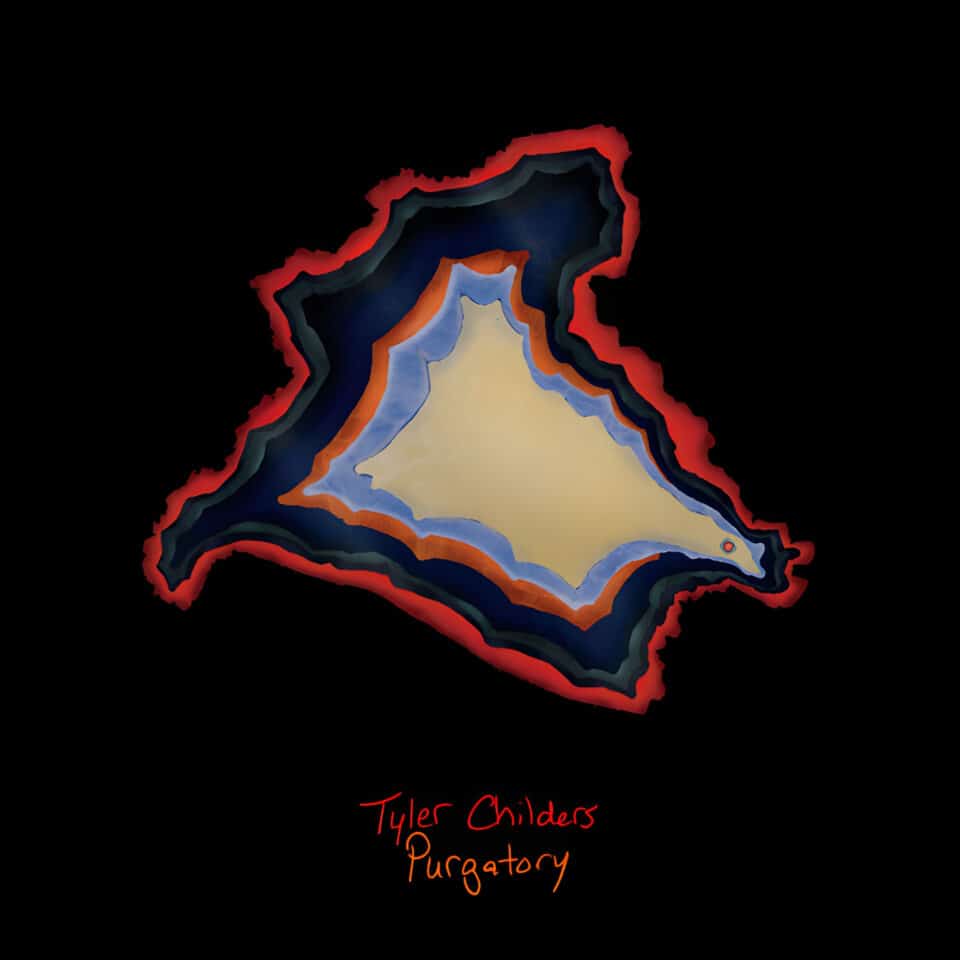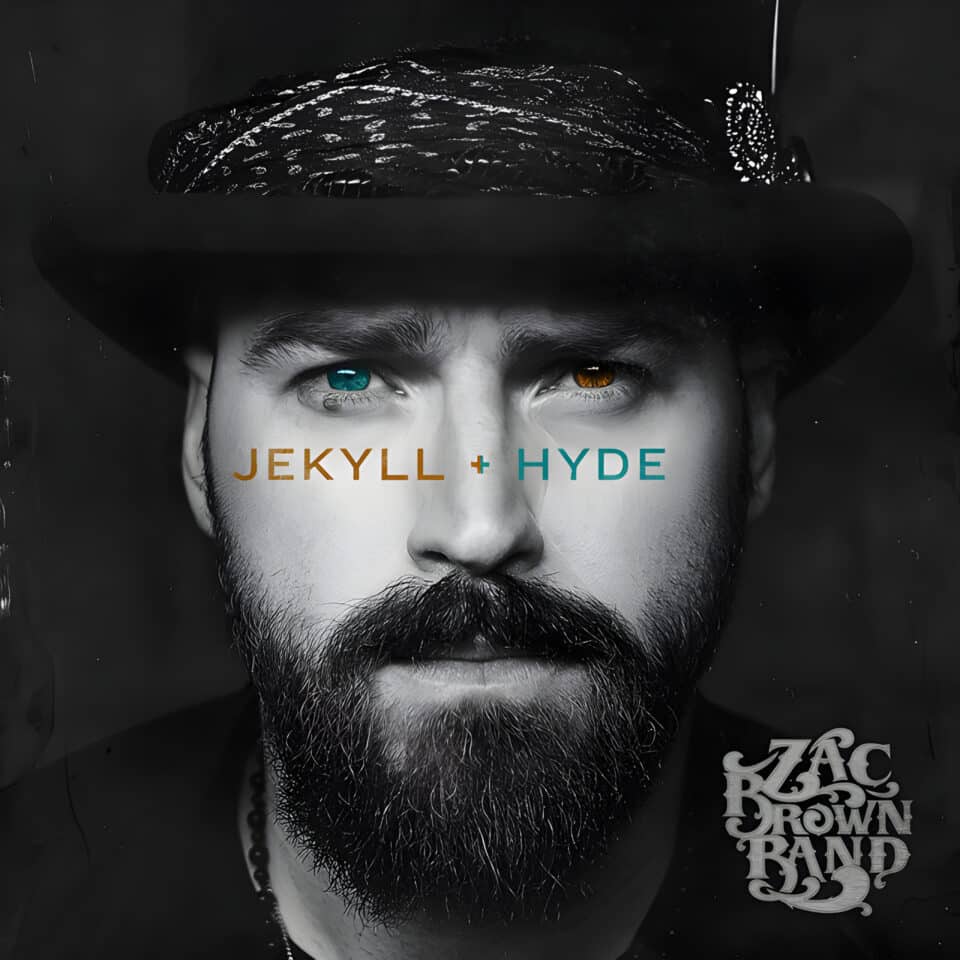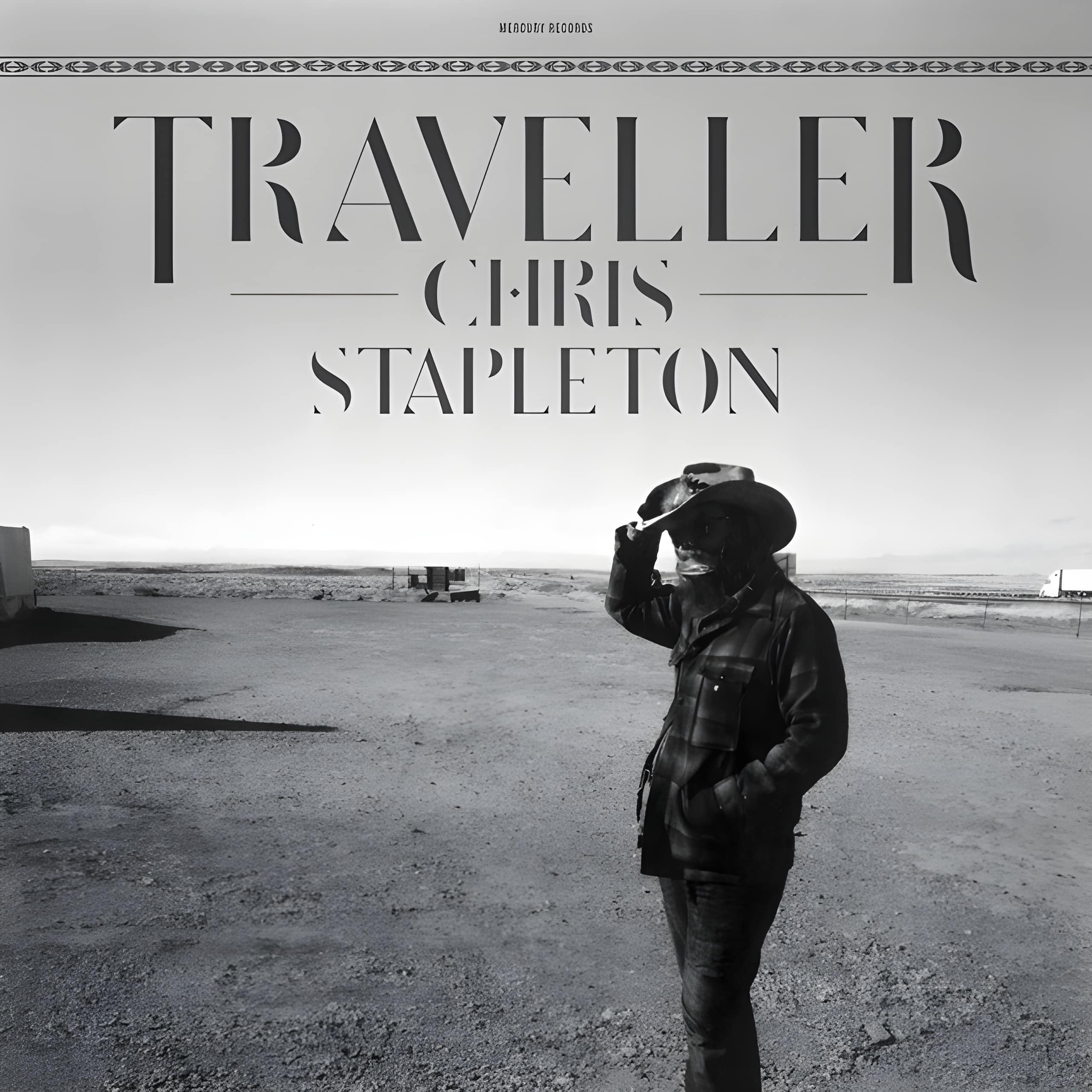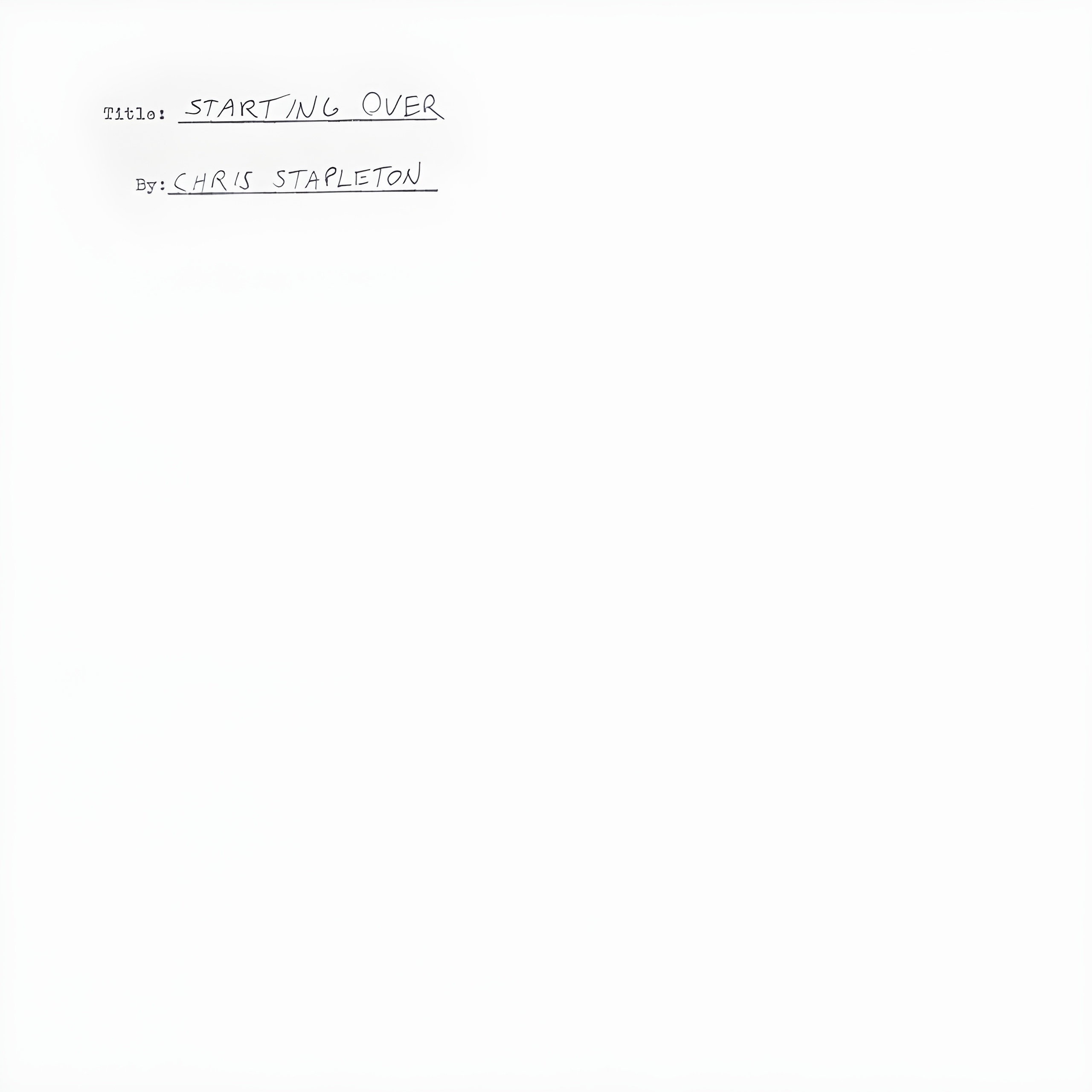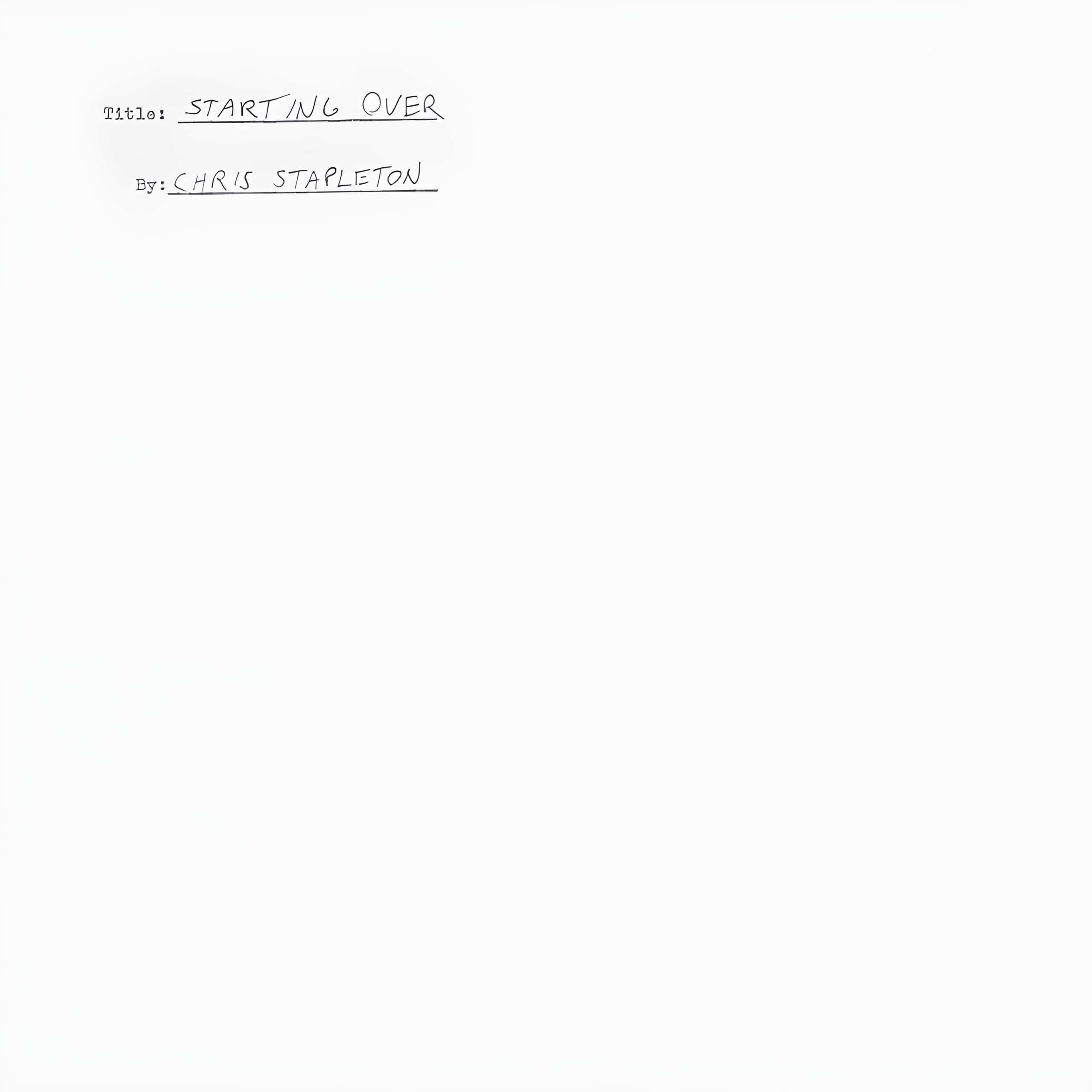Released: 2013
Chris Stapleton’s ‘What Are You Listening To?’ is a heartfelt ballad, exploring the emotional aftermath of a breakup. The song delves into the protagonist’s curiosity about his ex-partner’s current state of mind, as he wonders what kind of music she’s listening to, which he believes might reflect her feelings.
The song begins with the protagonist putting on a record, a song that reminds him of his ex. ‘You’re in every line’ suggests that every lyric of the song is imbued with memories of her. The repeated question, ‘What are you listening to?’ is a metaphor for his longing to understand her emotional state.
The line ‘Is it a cover band in some college town bar’ might refer to a more carefree time, perhaps when they were younger. The ‘na-na-na’s and air guitars’ suggests a lively, upbeat song, possibly indicating that she’s moved on and is enjoying her life.
‘Just a sad song playing on the radio station’ could imply that she’s still mourning their relationship, as ‘tears still fall and hearts still breakin”. This shows the protagonist’s hope that she might still be emotionally attached to him.
‘Or is it a love song about someone new’ is a painful possibility that she might have found a new love interest. The protagonist is trying to figure out ‘how a good thing goes bad’, indicating his struggle to come to terms with the end of their relationship.
The verse ‘Is it a feel good song get you driving too fast’ suggests an attempt to escape the past, while ‘the kind you can’t help singin’ along’ might mean she’s found joy in her life again. ‘Is it headphones on a downtown train, or a window seat on an outbound plane’ implies she might be traveling, seeking new experiences.
‘Is it L.A. sunny and Memphis blue’ uses geographical locations to represent contrasting emotions. L.A., known for its sunny weather, might symbolize happiness, while Memphis, famous for blues music, could represent sadness.
The song ends as it began, with the protagonist playing the same record, stuck in his memories. This repetition underscores his inability to move on, contrasting with the various possibilities he imagines for his ex-partner.

